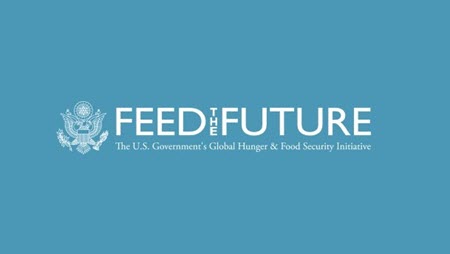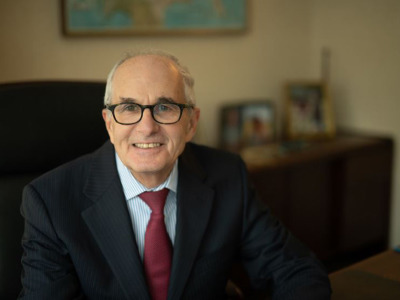The Global Food Security Act is intended to make the “Feed the Future” program a permanent program, locked into statute. It is on the goal line in Congress thanks to bipartisan leadership and cooperation between both Agriculture Committees and the two Foreign Relations Committees. It awaits final House action after the July 4th recess.
According to a new report by The Economist the “Global Food Security Index” is improving. The UN Food and Agriculture Organization estimate “the number of undernourished people has fallen by 176 million of the past ten years” but we still have a way to go. One in nine people still remain hungry, or some 800 million people and half of those people are smallholder farmers. Seventy-five percent (75%) of the world’s poor live in rural areas in developing countries. Most people who live in these areas rely directly on agriculture for their livelihoods, particularly women. In Kenya, for example, agriculture is the driving force of the economy and central to the Government of Kenya’s development strategy. More than 75 percent of all Kenyans make some part of their living in agriculture, and the sector accounts for more than a fourth of Kenya’s gross domestic product.
In 2010, the US Agency for International Development and the Administration launched “Feed the Future” (FTF), an initiative designed to expand and better coordinate the United States’ investments in improving global food security. Feed the Future is a whole-of-government approach that focuses on the dual objectives of improving farmer productivity, income, and livelihoods in developing countries while fighting hunger with a special focus on women and children in particular.
Feed the Future has been the driving force in the progress being made around the world in the fight against hunger along with actions taken by the G-7, the G-20, the African Union and the Gates and Rockefeller Foundations. In short, Feed the Future is cutting global hunger and at the same time it is stimulating economic development. Feed the Future is also important in maximizing the investment the United States has made in PEPFAR, enacted under the leadership of President George Bush to combat AIDS. The AIDS medicines that are made available under PEPFAR only work if the patient is well fed and otherwise healthy. Remember, our doctors frequently tell all of us to “take the medicine with food.”

Secretary of State Hillary Clinton, right after becoming Secretary in 2009, made the case for food security as follows:

While Secretary Clinton is soon to be the Democratic nominee for president her opinion is shared by Chairman Pat Roberts (R-KS) a long time leader in Congress on food security. Last December, Chairman Roberts opened a hearing by saying “Show me a nation that cannot feed itself, and I’ll show you a nation in chaos.” The Chairman repeated this comment at the Congressional Hunger Center on June 15, along with Senator Debbie Stabenow.
In Africa the yields are 10% of our yields and many are still farming with a hoe on one hector plots. Feed the Future and the Global Food Security Act are aimed at changing that.
Polling indicates that global food security does not motivate the American public. If that is so, then the surveys and focus groups are not connecting the dots. Food security is about economic development, trade, and fighting terrorism as well as human dignity. In short, we all have a stake in global food security.
As Feed the Future moves forward it is important to remember the history of the program and recognize its political base, along with Food for Peace and other related programs. As long ago as 1974, Senator George McGovern (D-SD) along with Senator Bob Dole (R-KS), stressed the importance of the link between federal assistance programs and agriculture. Federal programs frequently have multiple purposes and helping domestic agriculture while contributing to global food security remains an important connection.
Working cooperatively, AID and USDA can increase agricultural productivity and generate opportunities for economic growth around the world while protecting American farmers. US agriculture research is still the best in the world and AID working with USDA, through Feed the Future, can extend the benefits of that research to more people.
As our planet approaches more than 9 billion people, and the demand for protein increases, the challenge to increase production in the face of climate change is daunting. Feed the Future is helping to meet that challenge by boosting yields along with incomes for rural smallholder farmers. Agriculture is a business and Feed the Future will help grow smallholder farmers out of poverty transforming economies in the process. The Global Food Security Act is American leadership at its best.
Marshall Matz specializes in agriculture, nutrition and food security at OFW Law in Washington, D.C. He serves on the Board of Directors of the World Food Program—USA and the Congressional Hunger Center. mmatz@ofwlaw.com

